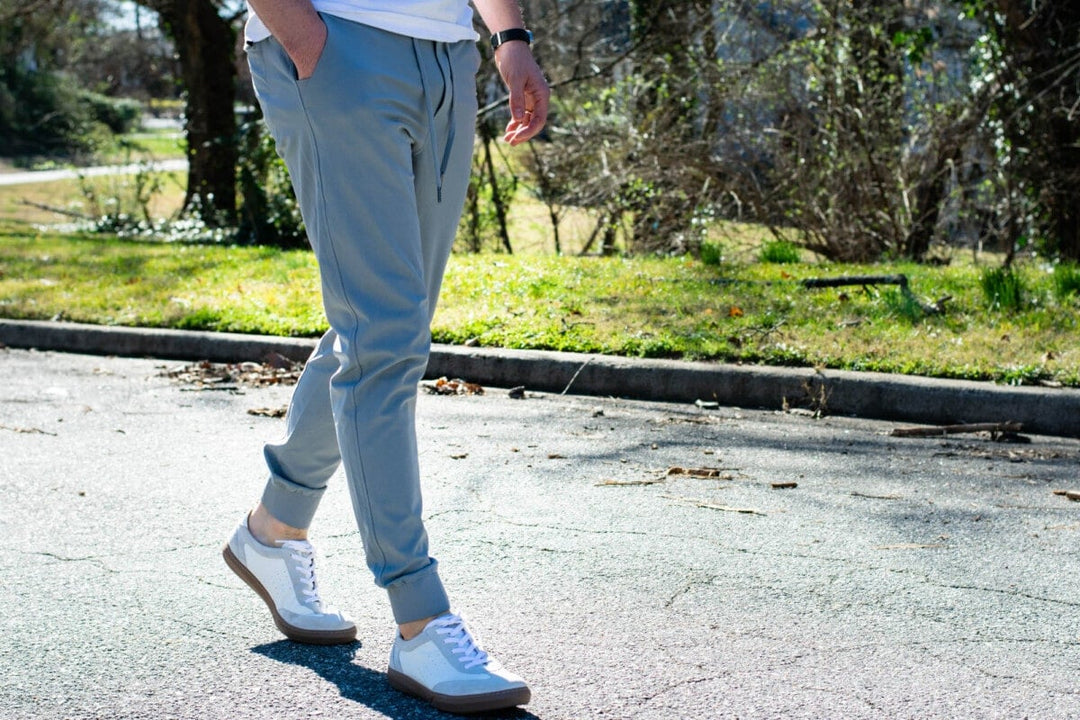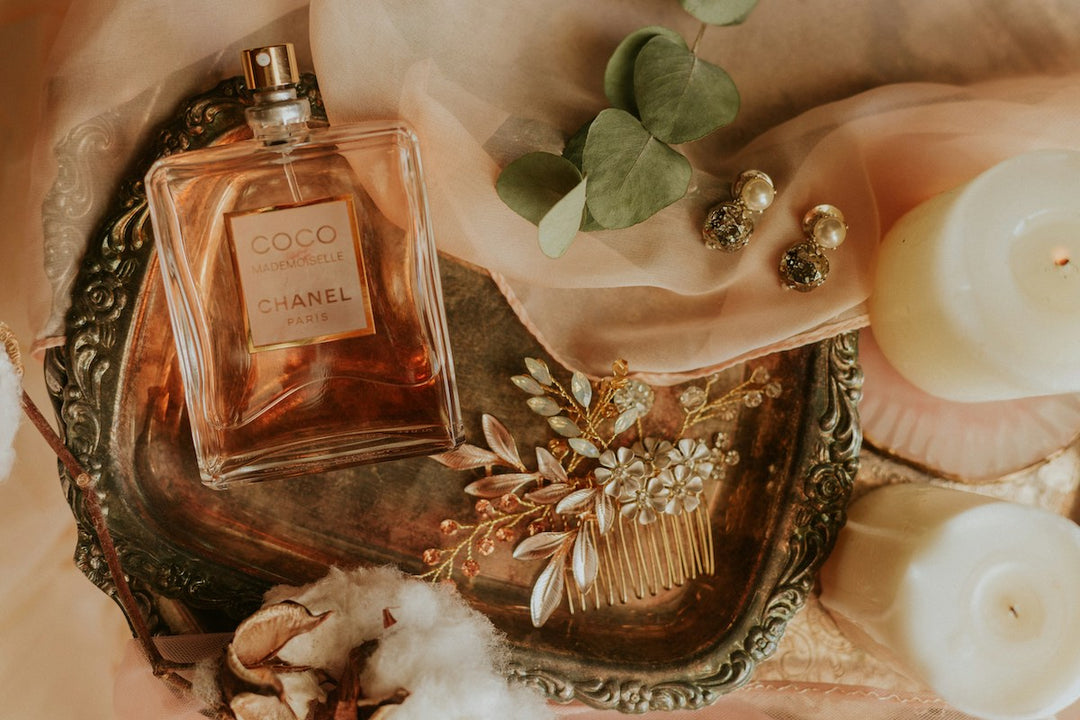The difference between fashion and style is not always clear cut. Fashion is what's trending, it's what you're seeing on the runways and in the glossy magazines. It's ever-changing and keeps you on your toes.
On the other hand, style is deeply personal. It's your unique way of expressing yourself through your clothing and accessories. It's not dictated by trends, but rather by your individual tastes and personality. So while fashion may come and go, your style remains constant.
Let's search deeper into the intriguing world of fashion vs style.
Fashion: A Temporary Trend
Have you ever noticed how quickly the items filling shop windows and online stores switch out–from winter coats in January to bikini collections in June? That's a primary characteristic of fashion. It's transient. What's hot one day becomes a passé the next.
Fashion, by its nature, thrives on change. It's a reflection of the current culture, societal values, economy, and even political climate. Hence, it's in perpetual flux, shifting and evolving as these factors do. Thus, in the turbulence of changing times, fashion becomes our collective narrative.
We cannot discuss fashion without mentioning the power of marketing and mass media. They play a crucial role in shaping and dictating trends. Celebrities, fashion weeks, and glossy magazine spreads, all contribute to the rapidly changing face of fashion.
For instance, when a celebrity wore baggy jeans in a popular movie, you might have seen the same style popping up in shops. Or when a model strutted down the runway wearing an oversized hat, it probably became the must-have accessory of the season.
Here's a brief glimpse into some recent fashion trends:
|
Year |
Trend |
|---|---|
|
2016 |
Chokers |
|
2017 |
Tiny Sunglasses |
|
2018 |
Biker Shorts |
|
2019 |
Puffed Sleeves |
|
2020 |
Tie-dye Prints |
Isn't it a bit overwhelming trying to keep up? That's the essence of fashion. It's a chase, a continual pursuit of the new.
Yet, it’s important to mention that fashion isn’t merely superficial. It’s a tool, a form of self-expression. It’s an art form that is accessible to everyone. As an act of personal and social communication, fashion can make significant statements about who we are or who we aspire to be.
As you continue reading, you'll learn about the concept of style. Unlike fashion, it presents a different approach towards clothing and personal expression. It’s less about what you wear and more about how you wear it. And it's this individuality that makes style perennial. It looks beyond the temporary geographical design trends to focus on creating a lasting impression.
Style: A Personal Statement
Let's shift the spotlight to style - which makes a stronger statement than any fashion trend ever could. Style, in essence, is your personal taste and fashion language, and it's far more lasting than the fleeting trends.
You know how some people just seem to possess an air of effortless fashion? Their secret isn't necessarily rolling out of bed looking runway ready. Rather, it's the mastery of marrying their clothing choices with their personal image.
People with a distinct style aren't swayed by every passing trend. Sure, they might adopt elements that sit well within their fashion identity, but they mostly stay true to their individual aesthetic.
Classic, minimalistic, bohemian, vintage, and edgy - these are a few examples of style types that people often resonate with. Your style type isn't something you select off a menu; it's a reflection of your personality and lifestyle.
So, how do you find your unique style?
Well, it's not an overnight process — rather, it's a journey. Unique style isn't about being completely different from everyone else. It's about finding the look that best represents who you are, and feeling confident and comfortable in that. And while you're on this journey, remember that consistency is key. Consistently choosing pieces that reflect your aesthetic can help you create a distinctive style.
It's important to note that your style can evolve over time, just as you do. Changes in personal circumstances, environment or even mood can naturally influence your style direction. Thus, style is not stagnant and allows room for exploration and growth.
Think of your style as your personal brand. It's more significant and telling than any trend could ever be. It's a way to express your individuality and proclaim your fashion identity to the world. After all, you are your own trendsetter.
The Influence of Fashion Trends
Fashion trends, like any powerful force, have an undeniable impact on society and on the individual. They shape the way people perceive beauty, status, and even how they communicate their identity. At its core, fashion, as an industry, dictates what clothes and accessories are in vogue. These trends often operate in cyclical patterns, influencing and being influenced by cultural and societal shifts.
Did you know, for instance, that the widespread popularity of jeans in the 1950s was a rebellious response to the formality of earlier decades? You probably also noticed how clothing items with ample silhouettes gained popularity during the pandemic, reflecting a desire for comfort in uncertain times?
|
Decade |
Trend |
Influence |
|---|---|---|
|
1950s |
Jeans |
Rebellion against formality |
|
2020 |
Ample Silhouettes |
Need for comfort during uncertainty |
These examples illustrate that fashion trends can mirror societal changes and even foster cultural shifts.
Trends are undoubtedly a crucial part of the fashion industry, they generate the buzz that drives sales, attracts new audiences, and keeps the industry evolving. But here's where things get interesting: while you may think trends dictate personal style, that's not always the case.
A significant part of defining your personal style involves knowing when to adopt a trend and when to let it pass you by. It's about recognising which trends align with your aesthetic and which ones don't. As you go on this journey of self-discovery, you'll realise that your style doesn't have to revolve around trends, but rather that trends can enhance your style.
Fashion trends certainly play an important role in the fashion world, as a source of inspiration and a tool for self-expression. But remember, they are fleeting - here today, gone tomorrow! On the contrary, your personal style is enduring - it's a reflection of your taste, attitude, and your unique fashion language.
Cultivating Your Personal Style
Cultivating Your Personal Style isn't a quick process. This process takes time, reflection, and a knack for identifying what truly resonates with you. Unlike trends, your personal style isn't fleeting or seasonal, it's an intuitive and expressive representation of who you are. Remember, it's okay to admire trendsetters, but it's essential to decipher the fashions that speak to you personally.
If you aren't certain where to start, adopting some tried-and-true strategies can set you on the right path.
-
Evaluate Your Wardrobe. Take a look at the clothes in your closet. Evaluate what you love to wear, what makes you feel confident, and what colours or patterns attract your attention. You'll often find common threads that hint at your personal style.
-
Create a Style Board. Whether it's on a digital platform like Pinterest or a physical board in your room, compiling images of outfits, models, or clothes that you admire can help you visualize your own unique fashion language.
-
Experiment Fearlessly. It's not about following the fashion norm or staying within your comfort zone. Don't shy away from trying on that bold pattern or vibrant colour. Remember, your style is about expressing your unique personality.
-
Find Your Style Icons. It never hurts to find some inspiration! Look at the individuals whose style you admire, whether they're celebrities, influencers, or even your friends. Try to identify the elements in their wardrobes that appeal to you and consider how you can incorporate these into your own.
Cultivating a personal style can seem daunting initially, but you're not renovating a house overnight here. It's a fun, evolving process that allows you to express your authentic self in a way that makes you feel empowered and comfortable. As you navigate this process, always remember to trust your instincts and never let fashion trends overshadow your personal style. Keep this in mind, and you'll flourish in cultivating your personal style journey.
Fashion vs Style: Finding the Balance
Navigating through the constantly changing world of fashion trends, you might sometimes feel a bit overwhelmed. Getting caught up in fleeting trends is easy, yet remember, personal style is an enduring reflection of your personality. It's about expressing yourself through your clothing choices and accessories. On the other hand, fashion trends are about what's popular now. Trends come and go, therefore binding your whole wardrobe to them might lead to a sense of losing yourself in the crowd.
Balance is the key. How do you strike the right equilibrium between being trendy and remaining true to your signature style? Let's explore.
One method is to adopt a 60:40 rule. In your wardrobe, ensure that 60% of your clothes represent timeless pieces which constitute your core style. The remaining 40% is where you can play around with fashion trends. For instance, you might have a penchant for classic, tailored pieces. This becomes your 60%. Then you fill the 40% with trendy elements like that neon tee or a leather beret.
Here's a simple table showing the 60:40 rule example:
|
Category |
Proportion |
Example |
|---|---|---|
|
Core Style |
60% |
Classic, tailored pieces |
|
Trendy |
40% |
Neon tee, Leather beret |
Another strategy is to allow room for experimentation. Don't hold yourself back. The fashion industry is always pushing boundaries, and you can, too! Fusing the traditional with the contemporary, or mixing high-street fashion with luxury items, can result in surprisingly stylish outcomes. Remember, without the courage to experiment, there’d be no innovation in fashion.
Ultimately, the purpose of fashion is to make you feel empowered. It's not about blindly following trends, or over-relying on your comfort zone. After all, it’s YOUR style. Defining it involves balancing your individual tastes with a recognition of fashion's evolving landscape. As you discover this calibration, you'll find that you no longer merely follow fashion, you make it your own. Follow these guidelines and let your personal style-conscious flourish in the face of ever-changing fashion trends.
Frequently Asked Questions
What is the influence of fashion trends on individuals and society?
Fashion trends powerfully shape our perceptions of beauty, status, and identity. They also reflect and are shaped by societal and cultural shifts.
How does one define personal style?
Defining personal style involves deciding when to follow or forgo a trend. Your personal style is an enduring reflection of your taste, attitude, and unique fashion language.
How can we cultivate our personal style?
Cultivating personal style involves analysing your wardrobe, creating a style board, experimenting without fear, and finding style icons who inspire you.
What is the suggested balance between timeless pieces and fashion trends in our wardrobe?
A 60:40 split in your wardrobe where 60% is timeless pieces reflecting your core style, and 40% is for experimental trends.
How can we feel empowered through fashion?
Feeling empowered through fashion comes from striking a balance between individual tastes and understanding fashion's evolving trends. The ultimate purpose of fashion is to give us a sense of empowerment.






Leave a comment